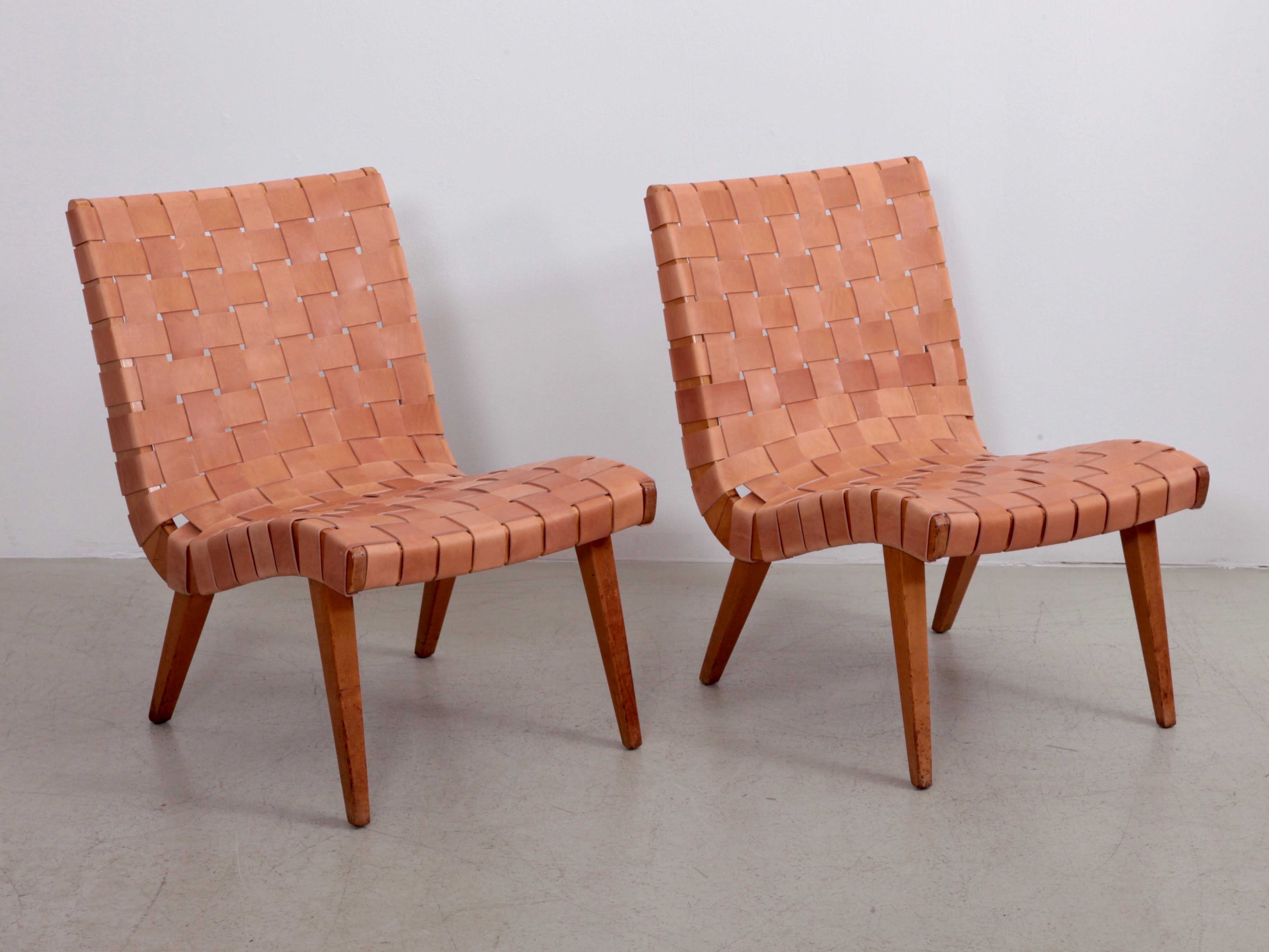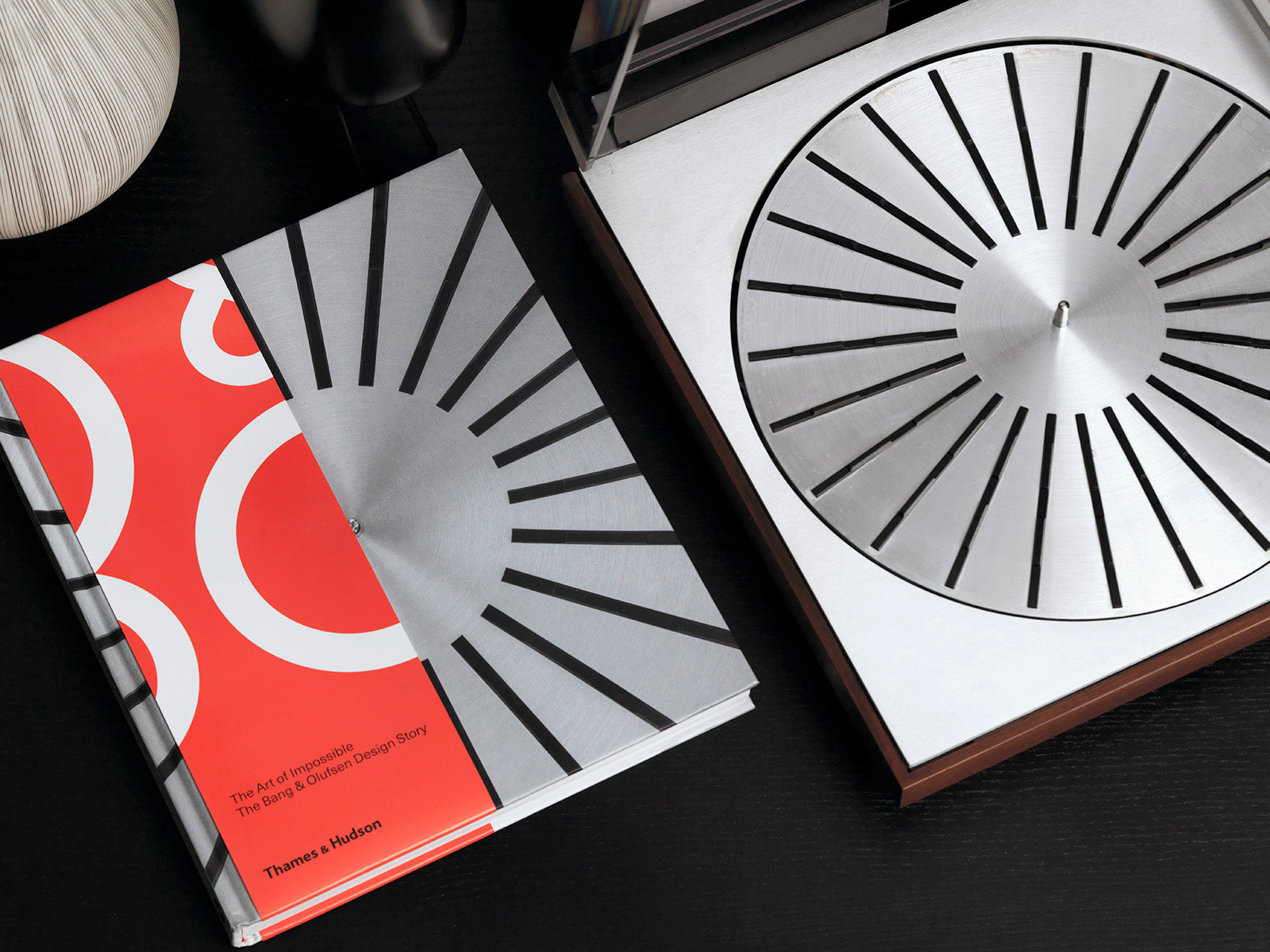
Lars Triesch: Three Nordic Design favorites
If you’re into vintage furniture, chances are you might have heard about Originals in Berlin. The store’s showroom in the heart of the German capital is a treasure trove of international design classics and slept-on pieces from the 20th century. “I’m trying to find the things that are not on everyone’s radar yet, and make them available to my customers” says Lars Triesch about his store’s concept. After about twenty years of collecting, Triesch knows a lot about design, be it from Italy, the USA or Scandinavia. In this exclusive Bulang and Sons feature, he talks about three of his Nordic design favorites from the current Originals in Berlin portfolio.

Olof Kettunen – Chairs for Merivaara, Finland, 1950s
“This is a cool insider piece – Olov Kettunen is not that famous as a designer, and his designs are not as common as others. These chairs are from the 50s and come directly from Finland. I’ve got someone scouting for me there who finds a lot of stuff in private homes, like these chairs. They even still carry the company labels, which is great, as the former owners of such pieces would often scrape the labels off. Merivaara in Helsinki is the manufacturer. These were in great condition, we didn’t have to put in much work.
What you often get with old plywood chairs are split-offs, which isn’t a big problem, we can easily insert little pieces and it will look as good as new. But if such a plywood panel is split in two, there’s not much you can do about it. Take the Eames Lounge Chair or an Ant Chair from Arne Jacobsen, for example – if those are broken, you can pretty much throw them away. It’s way too expensive and complex to make the moulds and tools for just one chair, it’s definitely not worth the effort.
There are only such few of these chairs around that it’s actually hard to tell how many were produced altogether and where they were sold. But when it comes to who would stock such chairs – very basic plywood pieces without any upholstery, not very comfortable – my guess is there were not many sold at all. That’s what makes them rare. The previous owners must have bought these at an upscale furniture store which would sell locally produced pieces at the time. So, it was definitely not something you could get at a mall.”

Antti Nurmesniemi – Pendant Cocoon Lamp, Artek, Finland, 1960s
“I’m a big fan of Finnish lighting. In my opinion, the Finns have had some of the most interesting lamp designers. An insider tip which maybe even isn’t one anymore: Paavo Tynell, who has designed some incredibly beautiful lamps – sadly, those have become very expensive by now. Another great Finnish name in that field would be Lisa Johansson-Pape. And then there is Antti Nurmesniemi.
What’s special about this lamp: It’s new old stock – it was still in its original, unopened box when we found it. These old plastic materials age mostly with being exposed to sunlight, which makes them crack after a while. But this has been packaged for many years and thus it’s actually kind of brand new! And the design is underestimated. There are quite a few of these cases where you have unknown precursors of famous design classics. The Moon Lamp by Verner Panton came after this – that’s where it becomes interesting to me.”

Jens Risom – Lounge Chair 654W for Knoll, USA, 1950s
“Jens Risom – who passed away late last year – is definitely among my favorite designers. He mostly worked in the US but was born in Denmark. What’s remarkable about Risom: In the beginning of his career, during World War Two and right after, he had to work with scrap materials, which makes him one of the first pre-modern designers. He used a lot of leather belts, moving away from the classic upholstery with feathers or horsehair. With him, it was very often wooden frames and canvas or leather belts.
I thought this might be an interesting piece for Bulang and Sons, since you also work with leather, albeit on a smaller scale. It’s a lounge chair with the model number 654W, manufactured by Knoll, with whom Jens Risom worked for many years. His chairs are always very comfortable – which can not at all be taken for granted with pieces from this era. There are chairs that look amazing but you’d rather not sit in them. But the Risom designs work one hundred per cent. These are pieces that were really made for daily use.

Risom was also popular with Julius Shulman, probably the most famous photographer for modern architecture in the US. In his pictures, you always get the impression that those houses were furnished in style – but more often than not, Shulman would have the home owners’ furniture removed and his own put in for the pictures. He always traveled with a pick-up full of top-notch modern furniture pieces – including many of Risom’s designs.”
We would like to thank Lars Triesch for his time and words. Check out the store, where “gawking is expressly permitted”! Originals in Berlin is located at Karl-Marx-Allee 83 in Berlin, their web shop can be found at www.originalinberlin.com
An inside peek into the showroom…

The workshop where the unique pieces receive their well deserved treatment…




